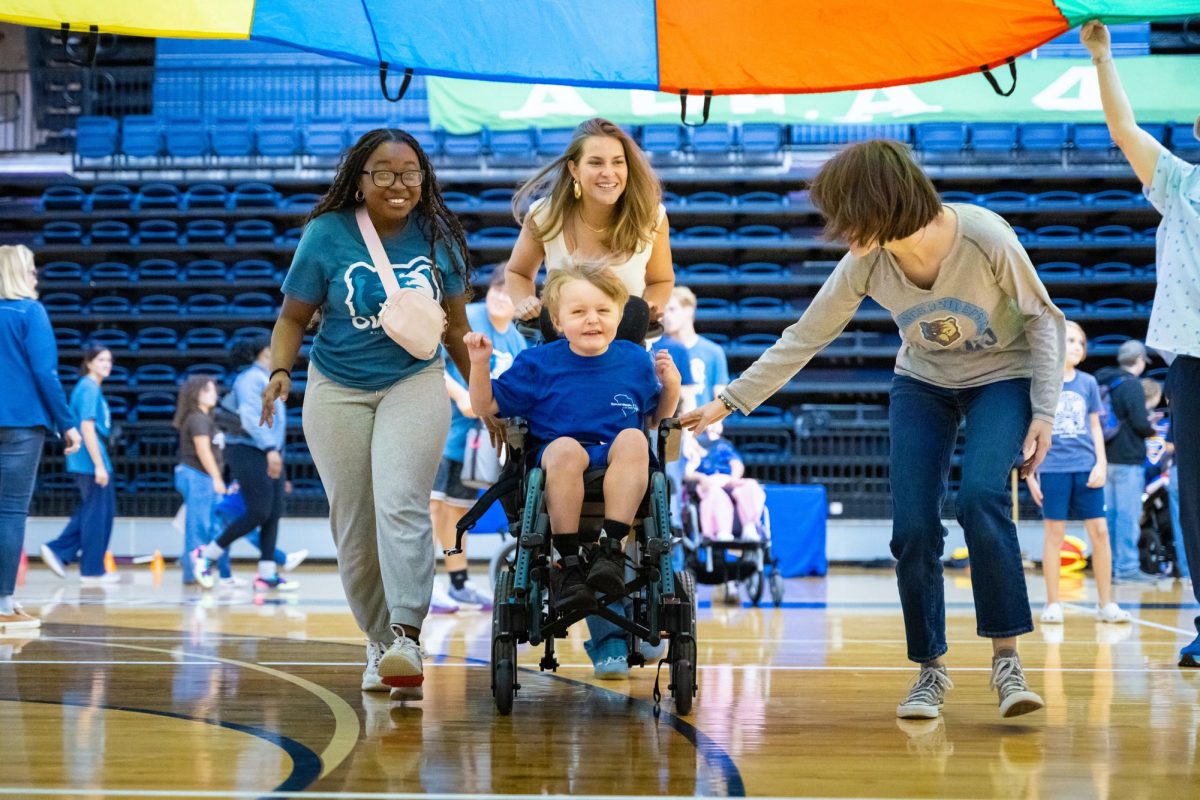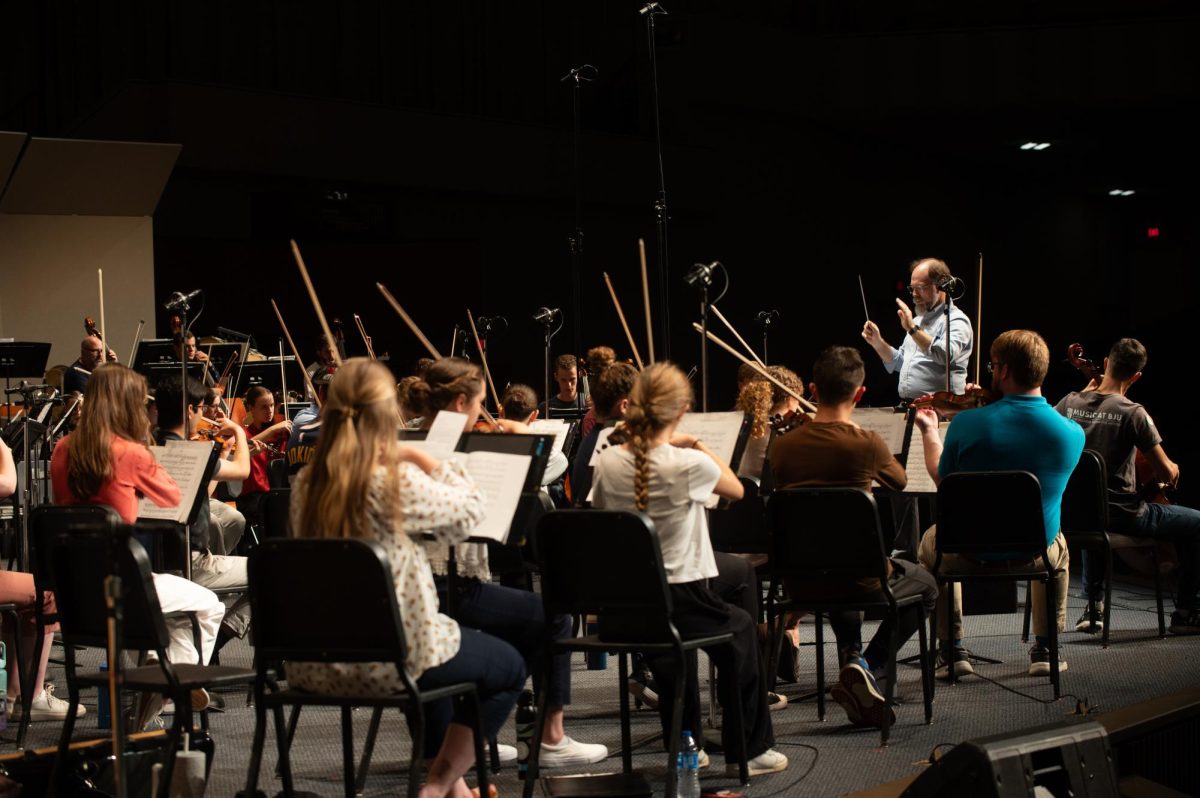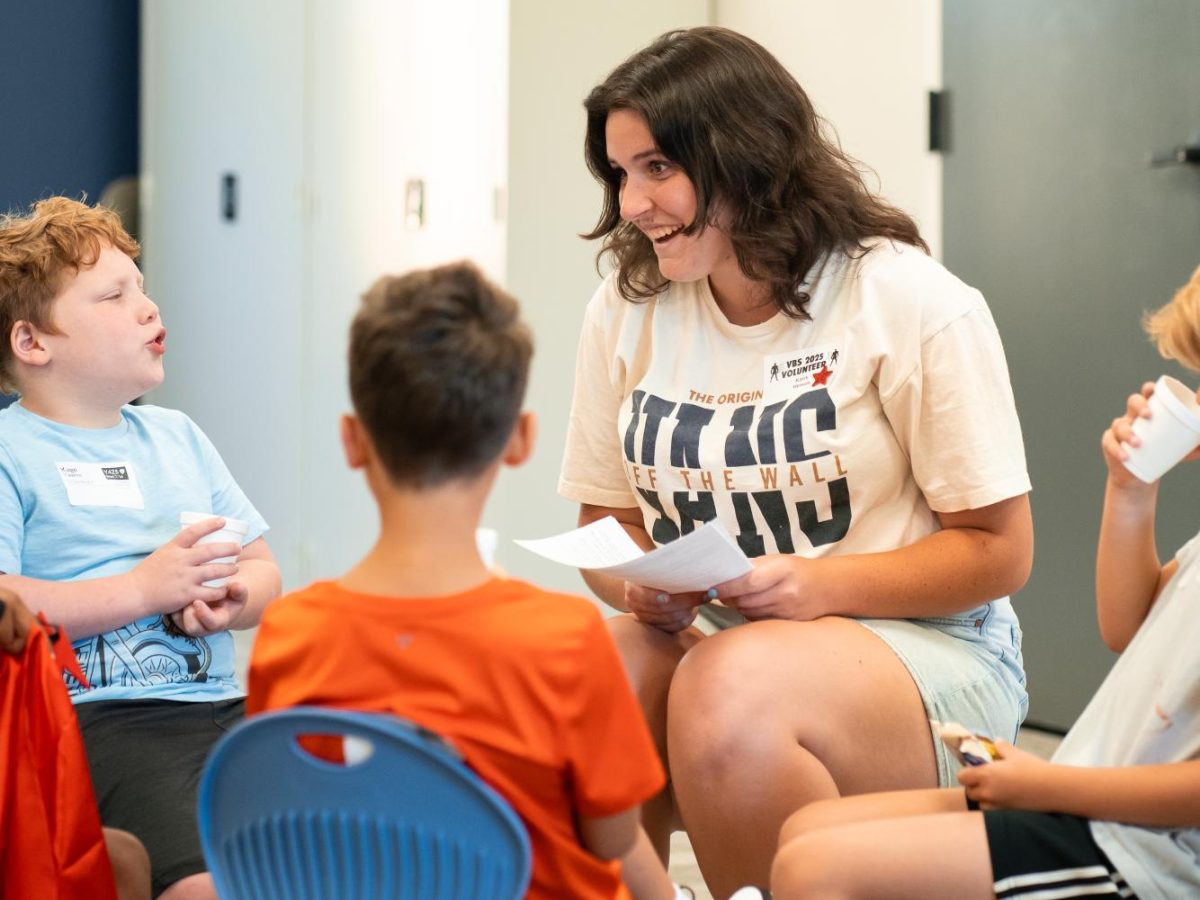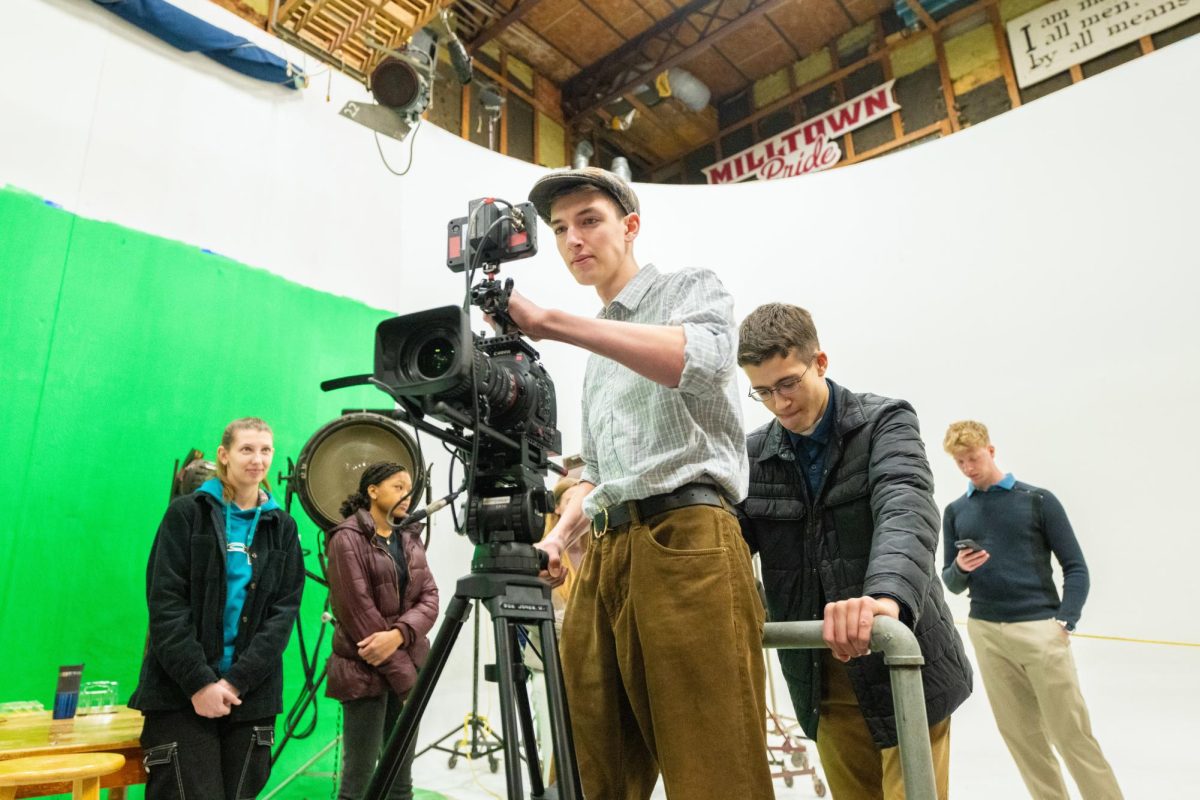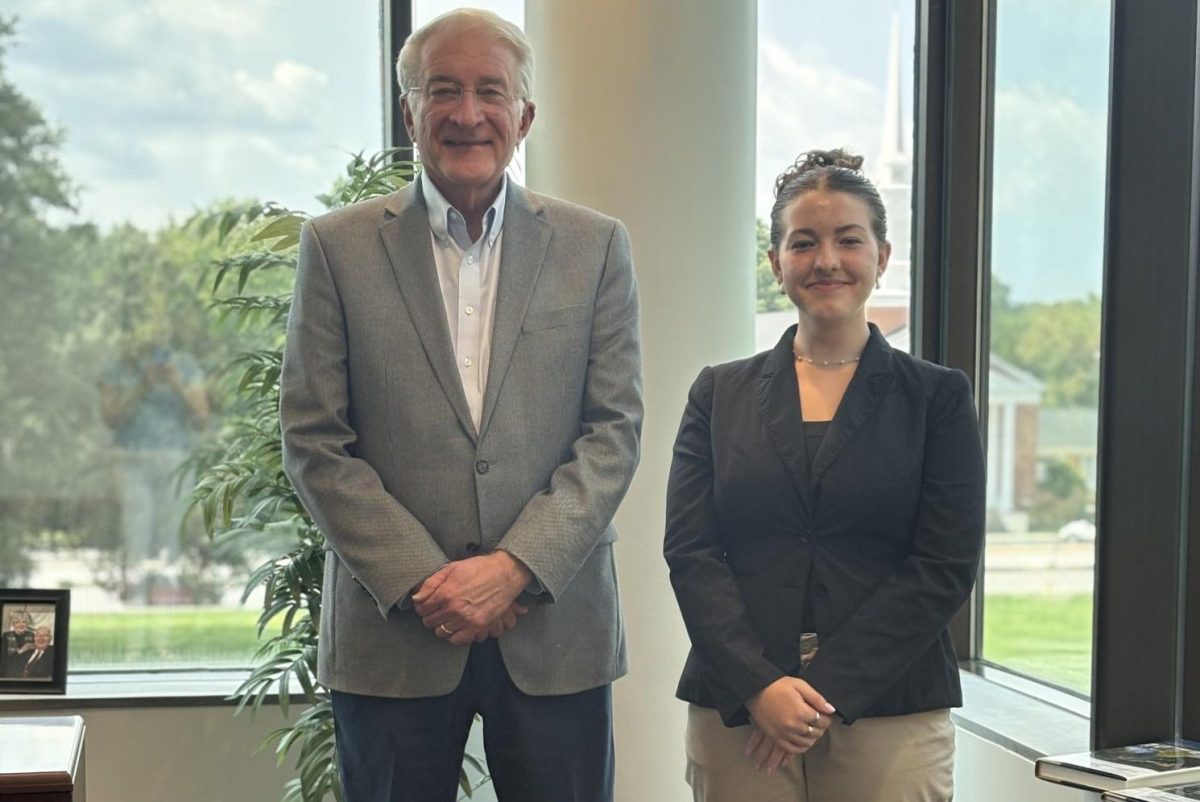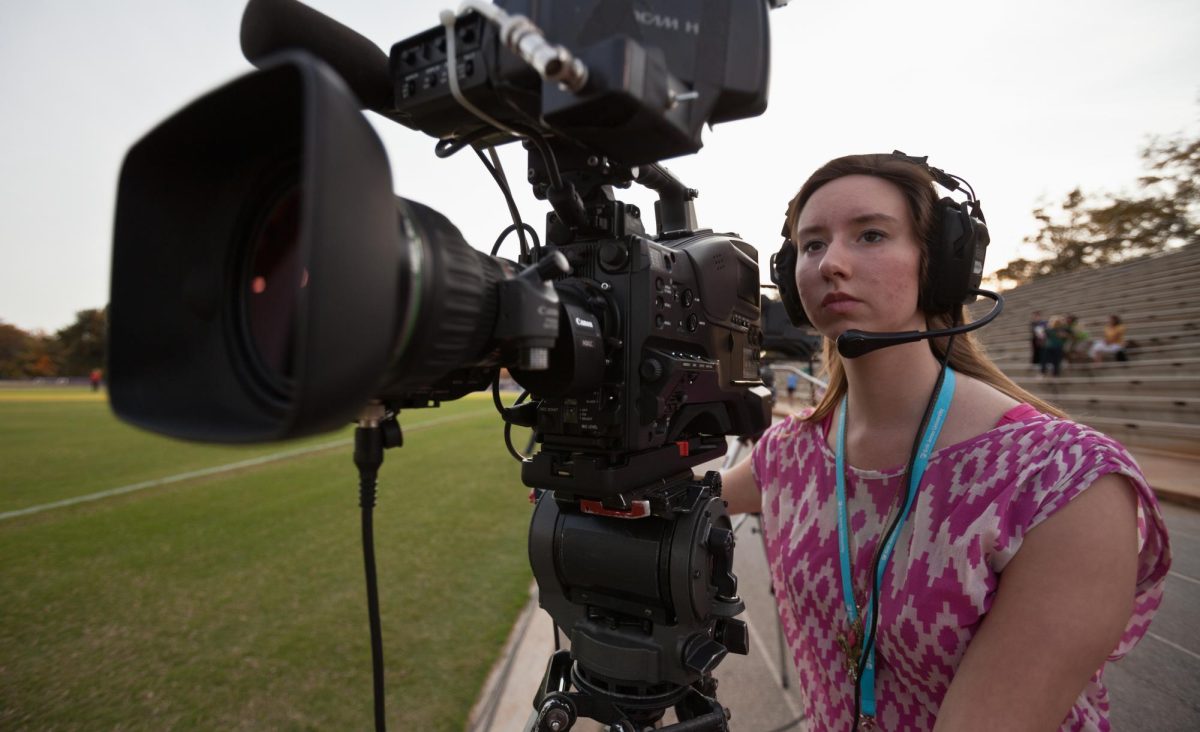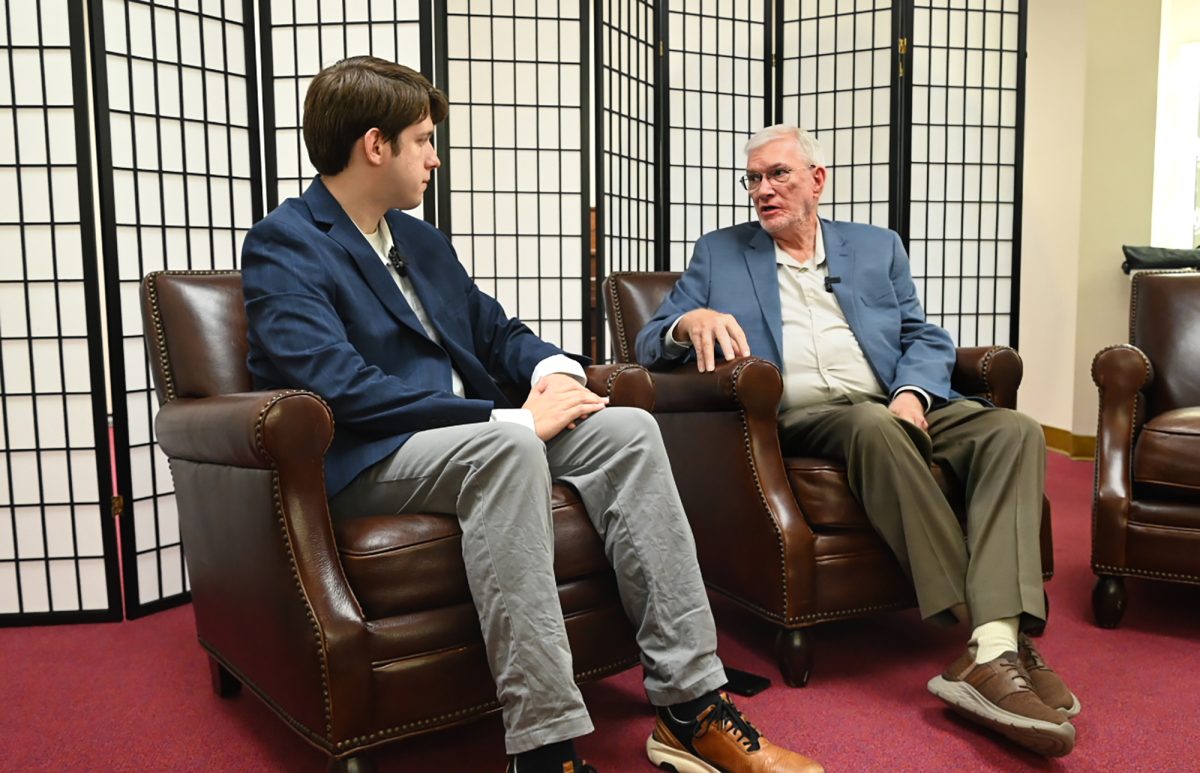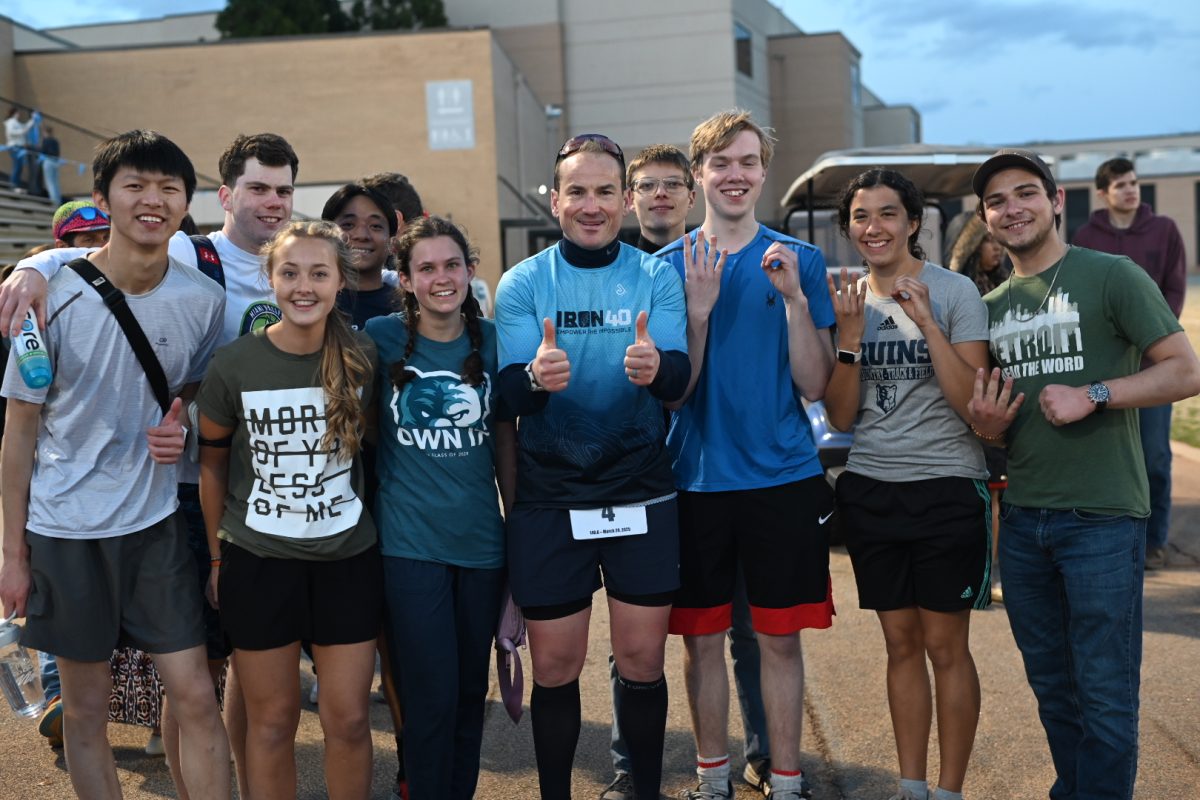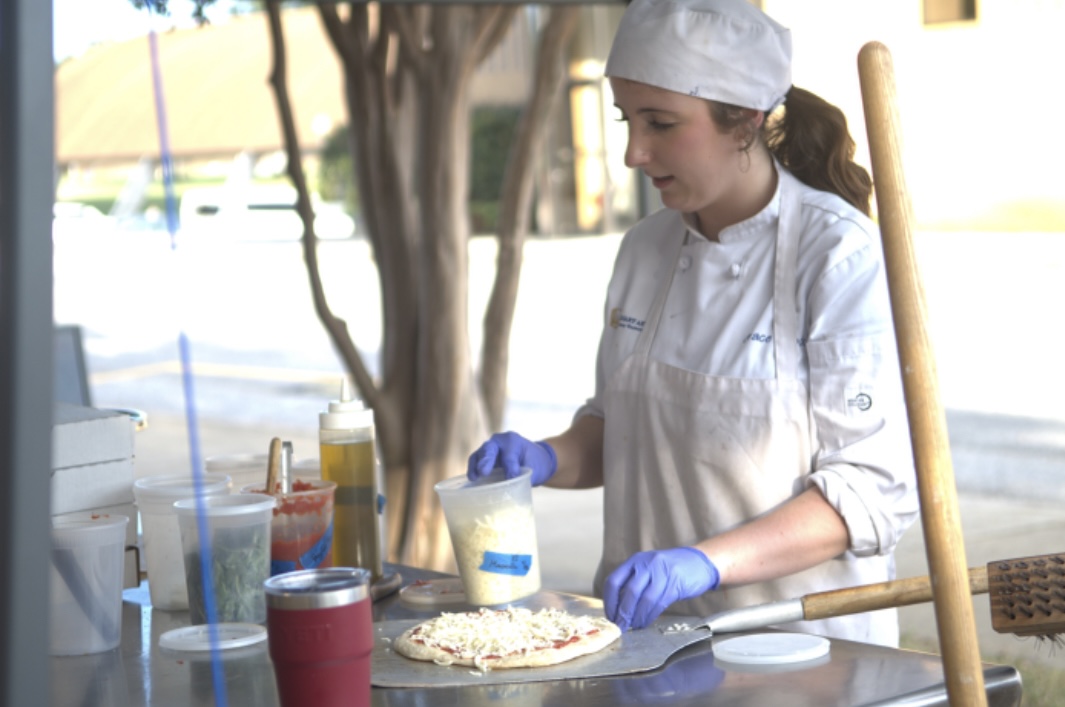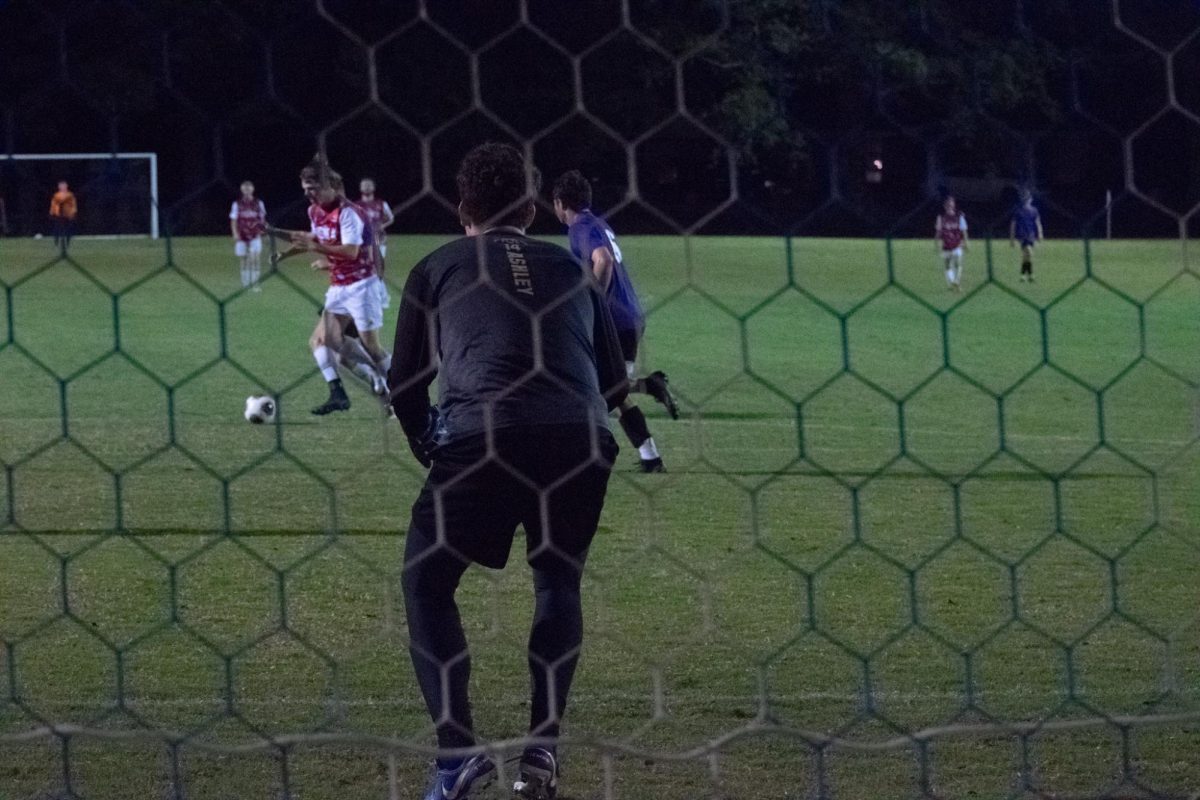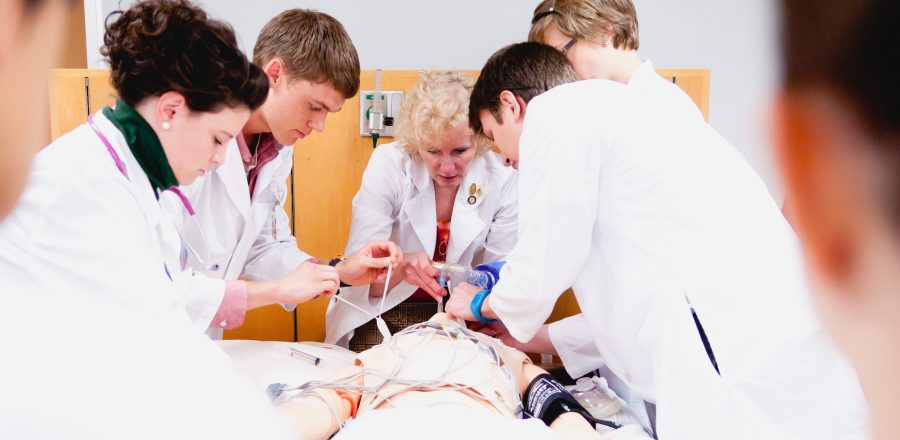Imagine that you are a senior nursing student. You’ve spent more than three years of long hours attending classes, studying, taking tests and doing detailed labs, and now the patient in front of you is going into cardiac arrest. The monitor beside you is screaming, and the doctor’s instructions seem like they’re in Greek. You begin CPR, but the patient doesn’t respond. You inject adrenaline—nothing. The monitor has descended into a steady, piercing whine, and the patient is gone.
But now, imagine that you could go back and do it again—that the patient could be brought back to life and you could go through the exact process again, fine-tuning your reactions. Imagine the patient was not real and this experience was a simulation. Crazy? No—reality.
This past July brought the newest addition to the University’s nursing department: a high fidelity patient simulator. This patient simulator (called SimMan) is a life-sized model of a human patient that, when used in conjunction with a computer program, will simulate the symptoms and reactions of an actual patient. A product of Laerdal Medical, the SimMan is designed to aid in the teaching of skills pertaining to airway, breathing, cardiac and circulation management.
Nursing students use mannequins for practicing medical procedures all the time, but the difference between this mannequin and others lies in its ability to respond to treatment.
Nursing faculty running the simulation can control blood pressure, heart rate and respiratory functions to mimic situations that nursing students will have to handle in real life when working in a hospital, thereby preparing them to work with real patients.
Mrs. Jane Haertlein of the nursing faculty said that simulation labs (SimLabs) help students bridge the gap between the classroom and the hospital. “Mistakes you can’t let a student make in the hospital, you can let them make in the SimLab,” she said. “In the hospital when they’re dealing with a live person, you can’t let them make the mistake because you don’t want anything bad to happen.”
Although it’s just a mannequin, the SimMan imitates the symptoms of a real person. It has a pulse and heart, lung and bowel sounds and will respond to what the students do by either getting better or worse. “Students can assess the simulator the same way they can assess a person,” Mrs. Haertlein said.
The simulated labs are also more interactive than clinicals, according to Mrs. Haertlein. “With the SimLab, the students have an opportunity to interact and to actually be the ones that take care of the patient,” she said. “In the clinical setting the students would be pushed more into an observational role.”
In the lab, students can do everything they would need to do in a hospital setting. They can put the mannequin on a monitor, take vital signs, start an IV, administer drugs or perform CPR if necessary—things they would not be able to do at the hospital in the case of a serious medical emergency. In addition, one of the faculty members plays the role of the doctor, so students get input just like they would in a real-life setting.
The simulations help teachers structure classes to ensure students experience as many situations as possible. “There’s no way that a simulation lab can ever replace what students do in the hospital, but the SimLab is a big help,” Mrs. Haertlein said.
Kati Flannagin, a senior nursing student, said that working in the labs helps her to apply what she’s learned in class to what she actually has to do in working with a patient. “If something happens, you don’t have to panic,” she said. “All the alarms start going off, but you can calmly assess the situation and figure out what to do with it.”
The University currently has one SimMan and has also bought a SimBaby, which arrived last week. The nursing faculty hopes to eventually expand the lab to include a SimMom and a SimChild to run further simulations including labor and delivery.

